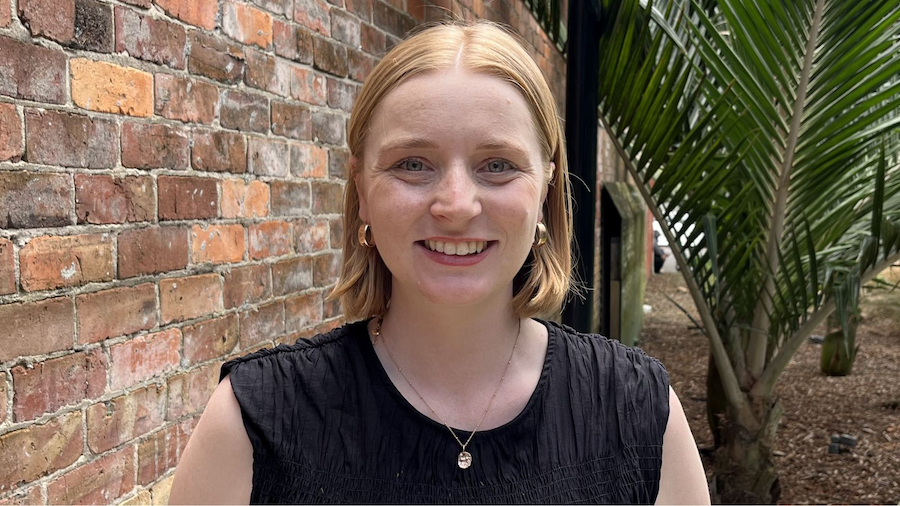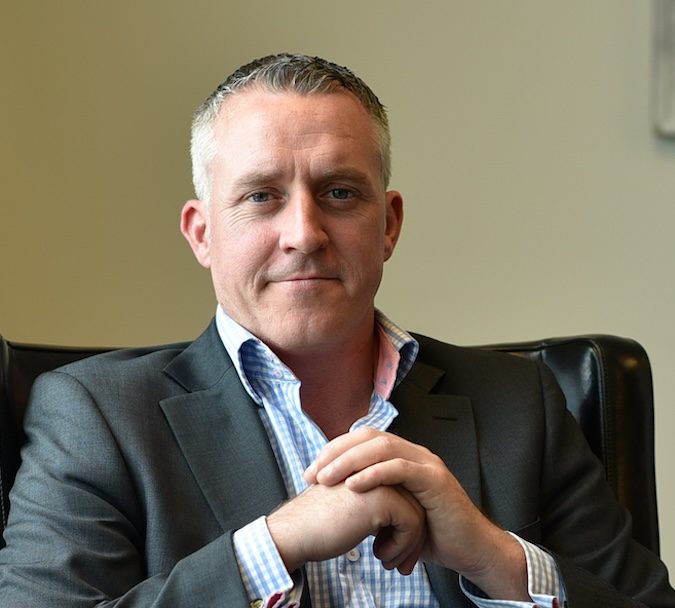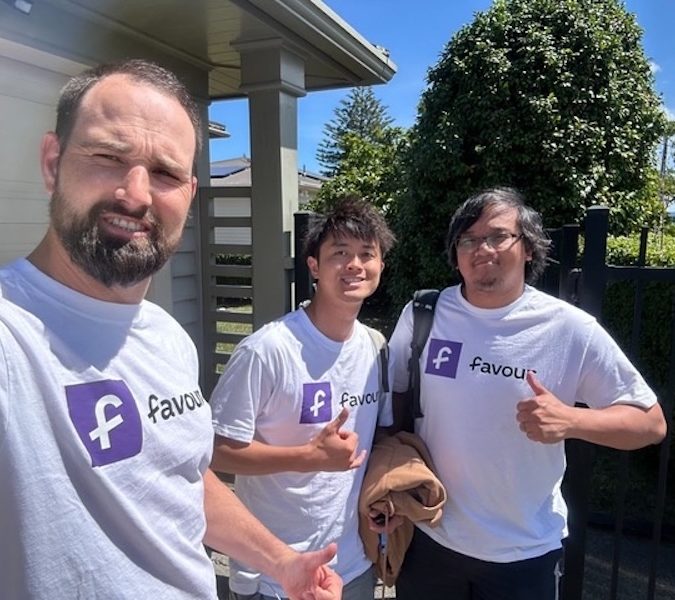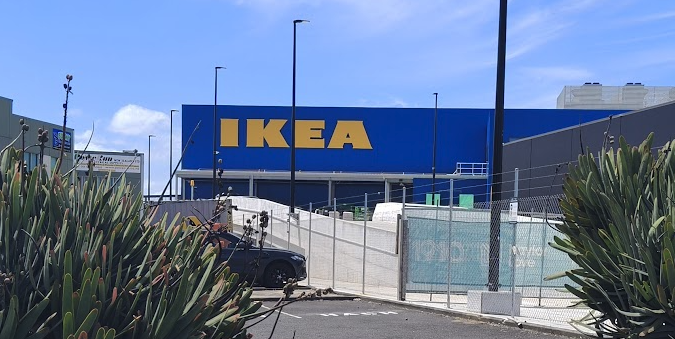
When a child receives a cancer diagnosis, information about treatment can be confusing and overwhelming – that’s where Dr Annie Jones (pictured above) steps in.
The University of Auckland Research Fellow from the Department of Psychological Medicine and Centre for Cancer Research is developing a visualisation tool to help young people with cancer who are undergoing radiotherapy.
This is likely to be an animated video, which will convey information in a simple way. One in every 285 tamariki develops cancer and about 150 children are diagnosed with cancer every year in Aotearoa.
“We know that when people can see what’s going on inside their body, it really helps them to understand the treatment and can make them feel less stress and anxiety about what’s going on,” says Jones.
“Stress can affect the way our body responds to treatment. If we can reduce people’s anxiety, that should have positive benefits for their physical recovery as well.”
For patients, for whanau
The visualisation will provide clear information for children and their loved ones about how radiotherapy works. It helps explain that feeling worried is normal and offers coping strategies.
Jones is mentored by Associate Professors Liesje Donkin (AUT) and Anna Serlachius (UoA).
Donkin’s 8-year-old son was diagnosed with brain cancer. Her first-hand experience sparked the idea for the project.
“Liesje talked about how few tangible resources they had while going through radiotherapy. And how valuable it would be to develop something for this group,” says Jones.
“It makes the project very meaningful, because it’s acknowledging that kind of patient and whanau need.”
Workshops on the horizon
The Auckland Medical Research Foundation granted Jones a Postdoctoral Fellowship of more than $279,000 to complete the project. In addition, the University of Auckland School of Medicine has pitched in an extra $8590.
Over the next year, Jones will hold workshops to gather ideas to co-design the visualisation tool. The workshops will invite people aged 16 and over who have experience of undergoing radiotherapy for childhood cancer. Families of children with cancer and health professionals are also welcome.
“We want to make sure we develop something that will meet people’s needs and that health care providers can easily use in routine care,” says Jones.
Visualising care
The workshops will guide the type of visualisation that will be developed. Then Jones will create a storyboard for professional animators or provide a brief for designers.
In the second year, Jones will run a pilot programme at Starship Hospital. The project aims to test the visualisation on about 20 children aged 10 to 15, who are about to start radiotherapy for cancer.
The research team will assess how the visualisation affects young people’s understanding and perceptions of radiotherapy. They will also evaluate whether it helps reduce anxiety.
Additionally, Health professionals will offer their views on using the visualisation with patients.
“I hope this pilot feasibility study will inform a national trial, so the visualisation can be rolled out across childhood cancer services,” says Jones.
A powerful tool
Jones made her first foray into health visualisations as a master’s student and was astounded by patients’ responses.
“I was showing an animated intervention for patients with heart disease that explained what happens when you have a heart attack and how statin medicines work.
“One woman said, ‘if I had seen this earlier, I would have taken the statins and probably wouldn’t have had a heart attack’. That’s always stuck with me,” says Jones.
Jones’ PhD research in 2018 involved using a 3D-printed model of a human body to demonstrate the way medication controls viral loads in people with HIV.
“Seeing the 10-minute demonstration explaining how the treatment worked resulted in better treatment adherence eight months later.
“I realised a visualisation can be powerful enough to change people’s behaviour,” Jones adds.
While Jones’ current research focuses on helping children undergoing radiotherapy for cancer, she plans to adapt her visualisation for children undergoing other treatments, such as chemotherapy.
A similar visualisation tool could also be created to provide accessible information for adults undergoing cancer treatment, she says.




